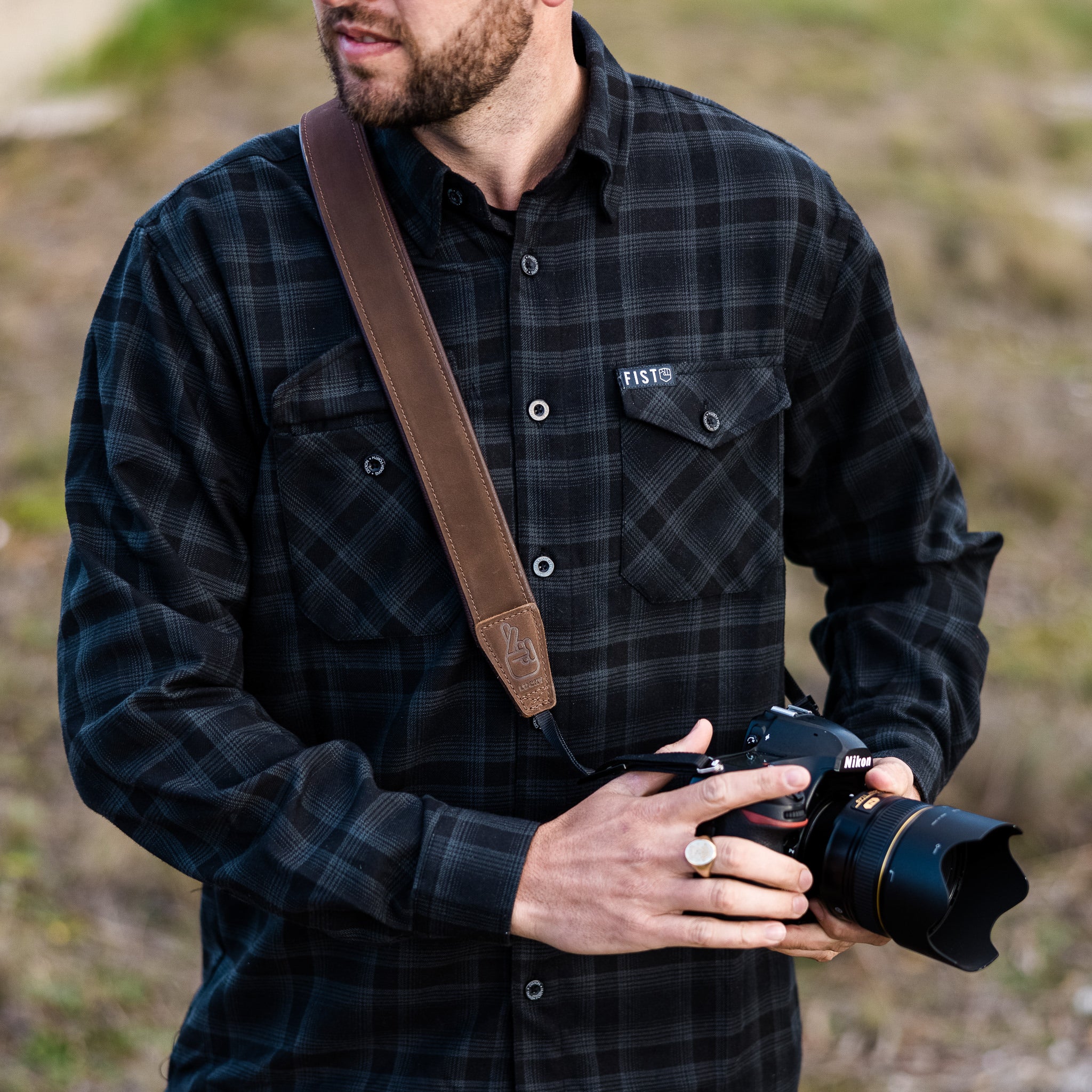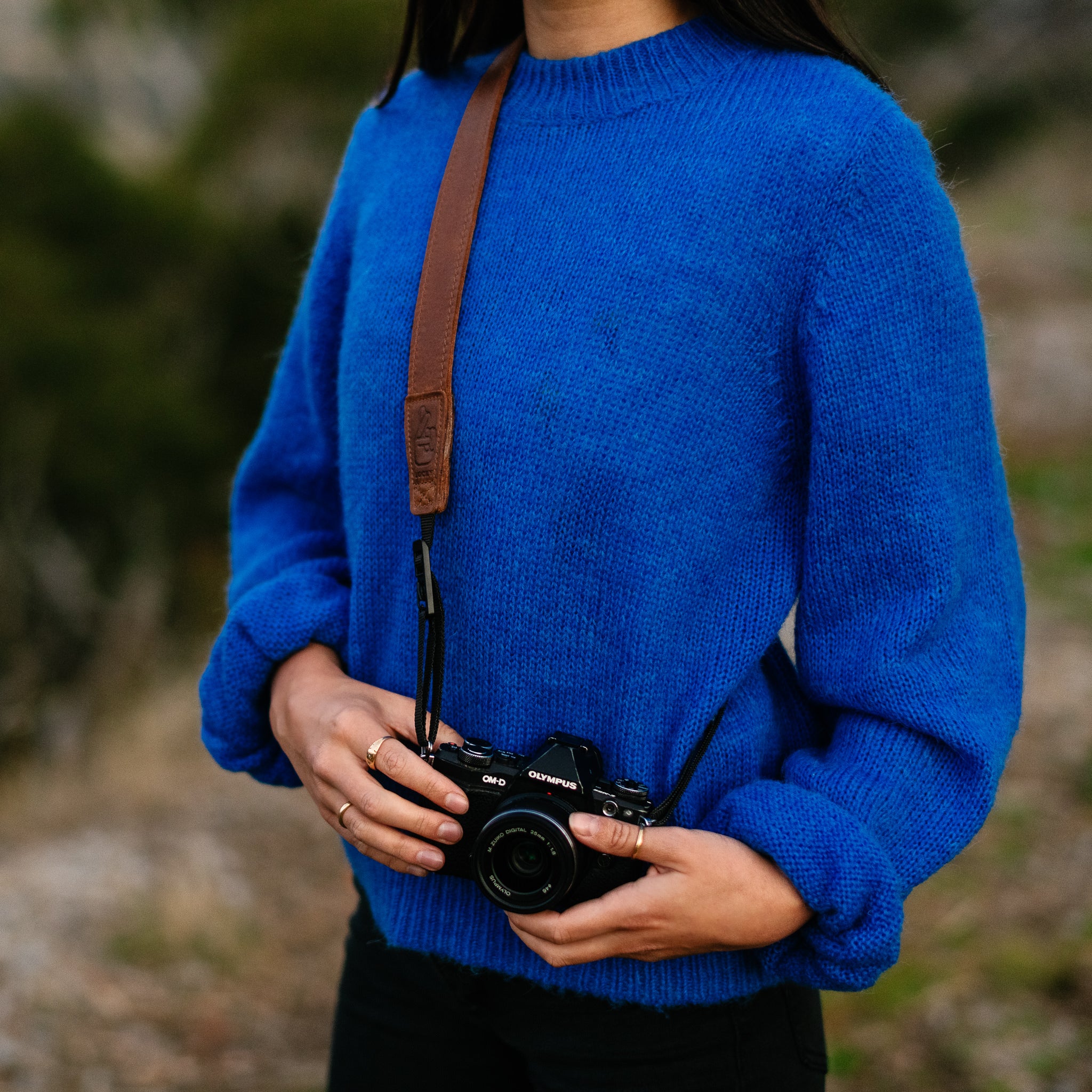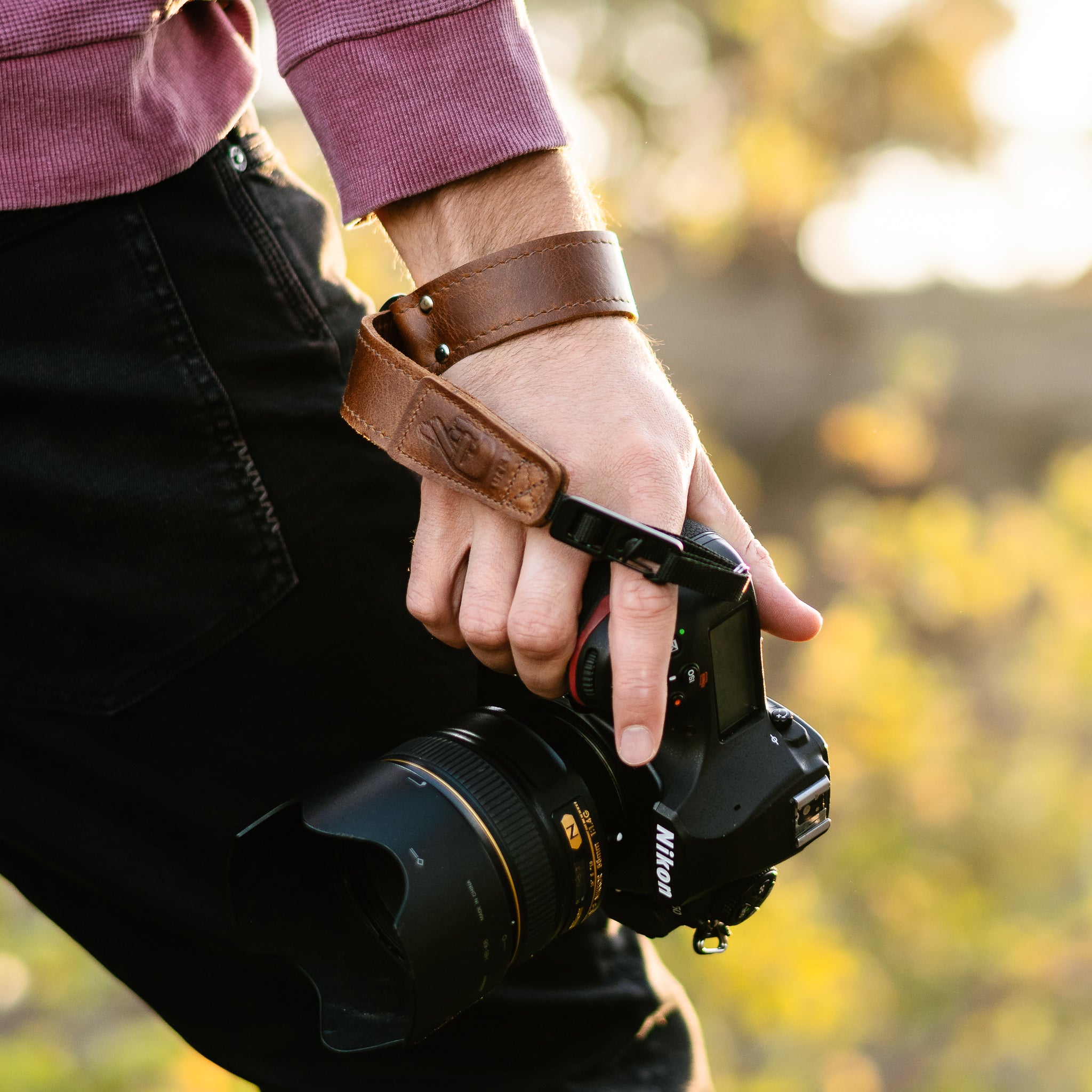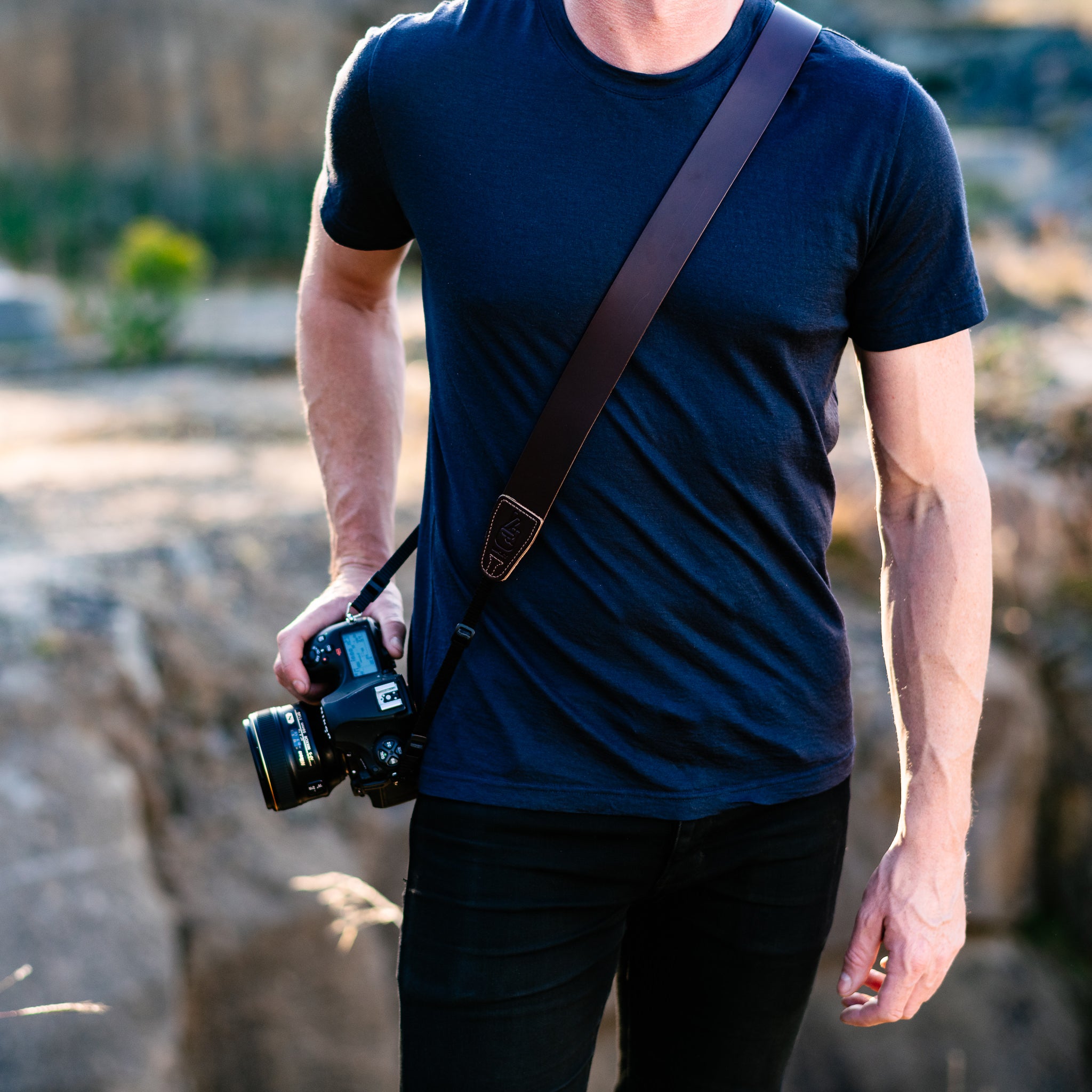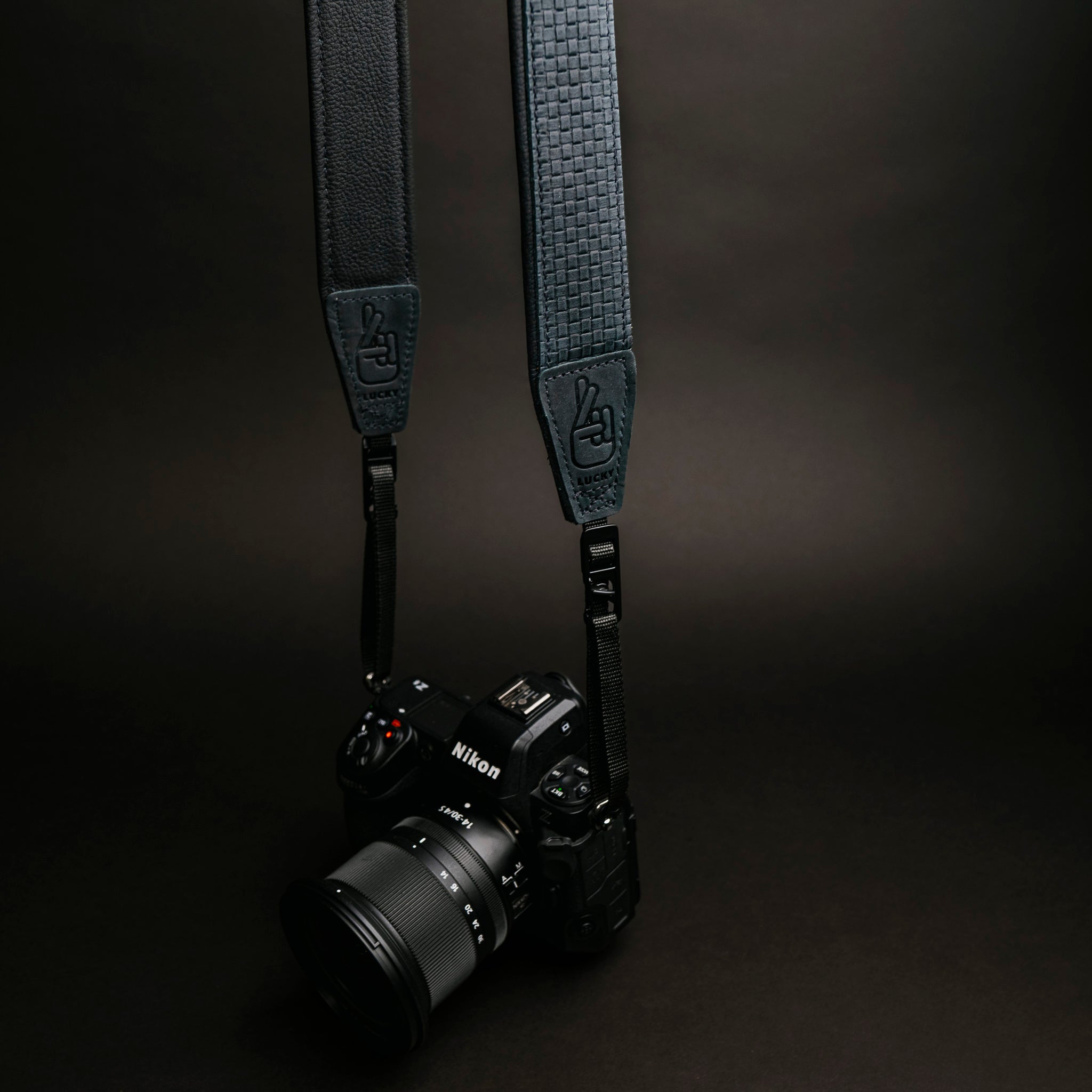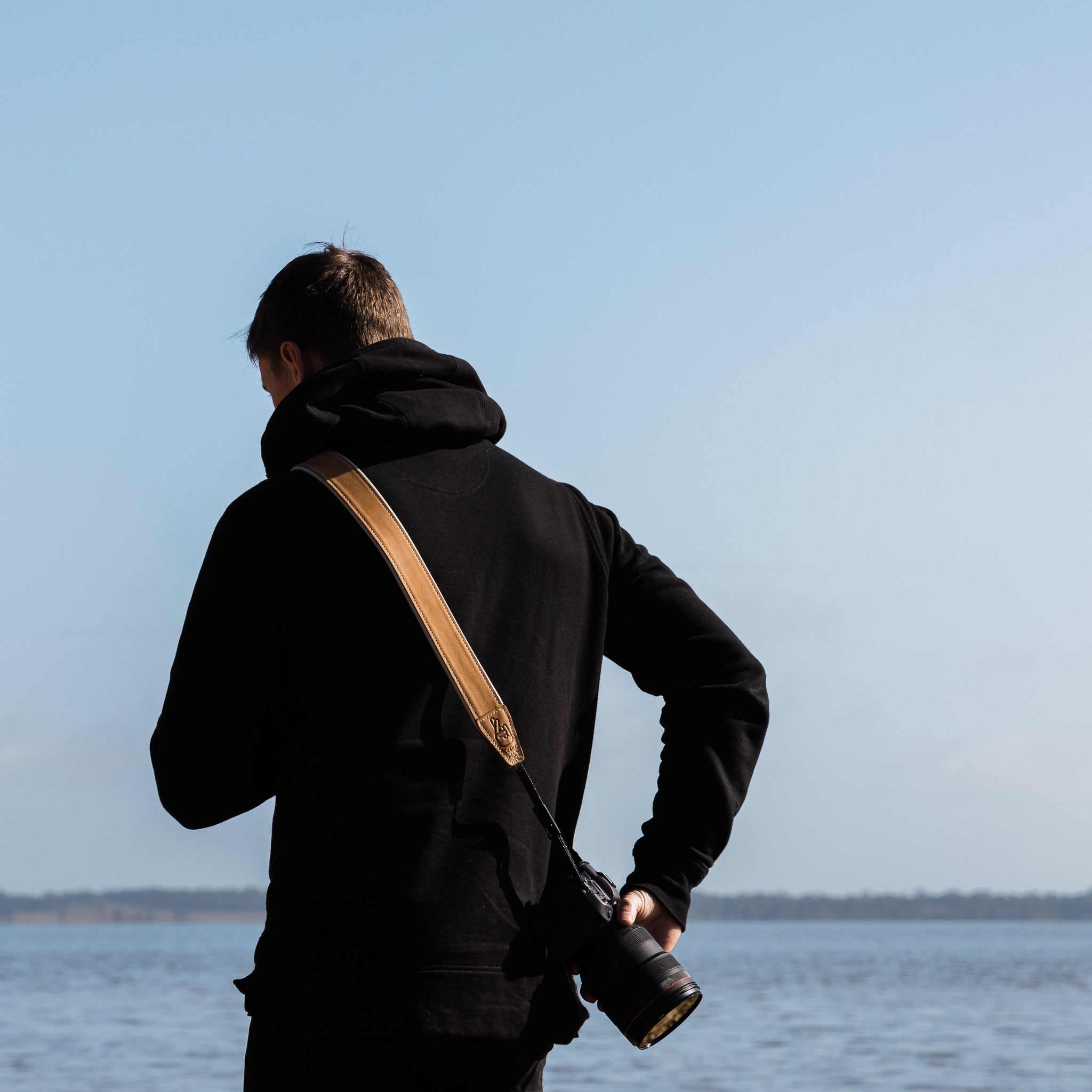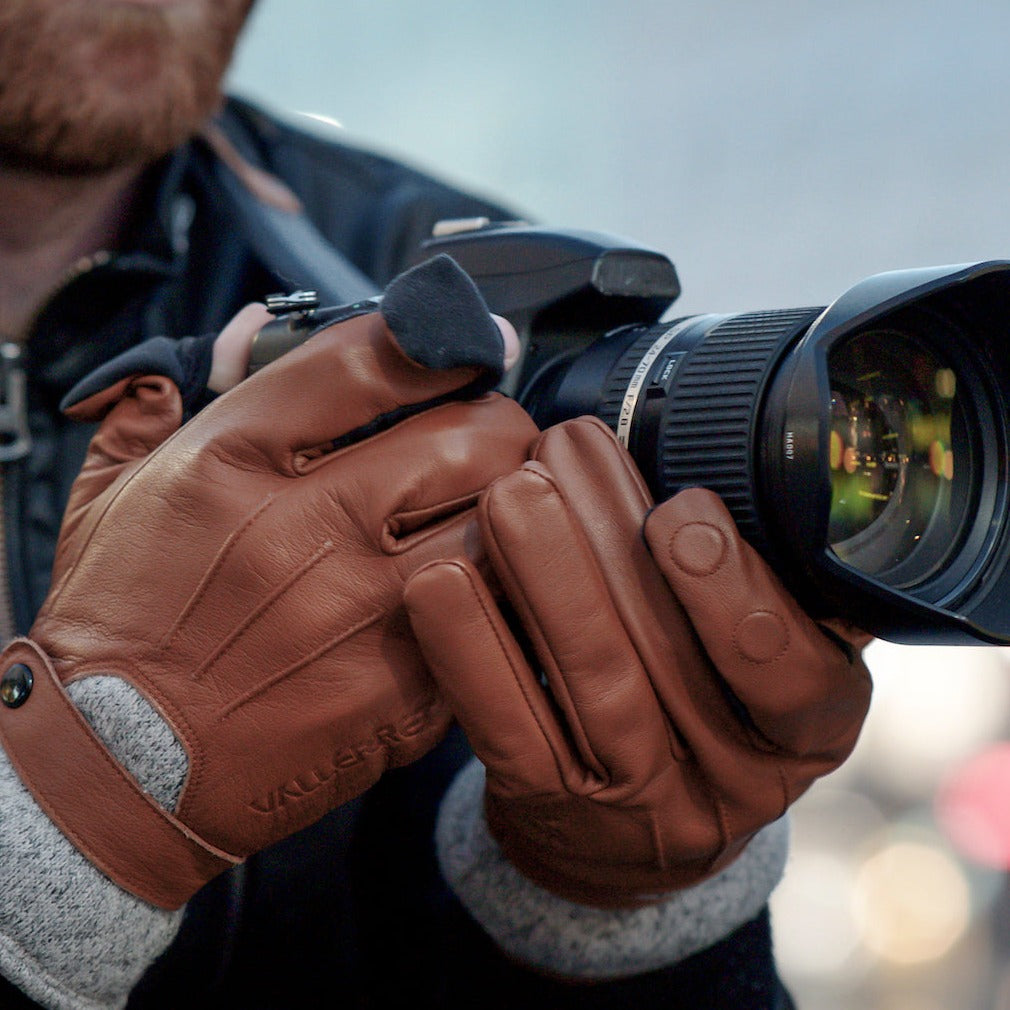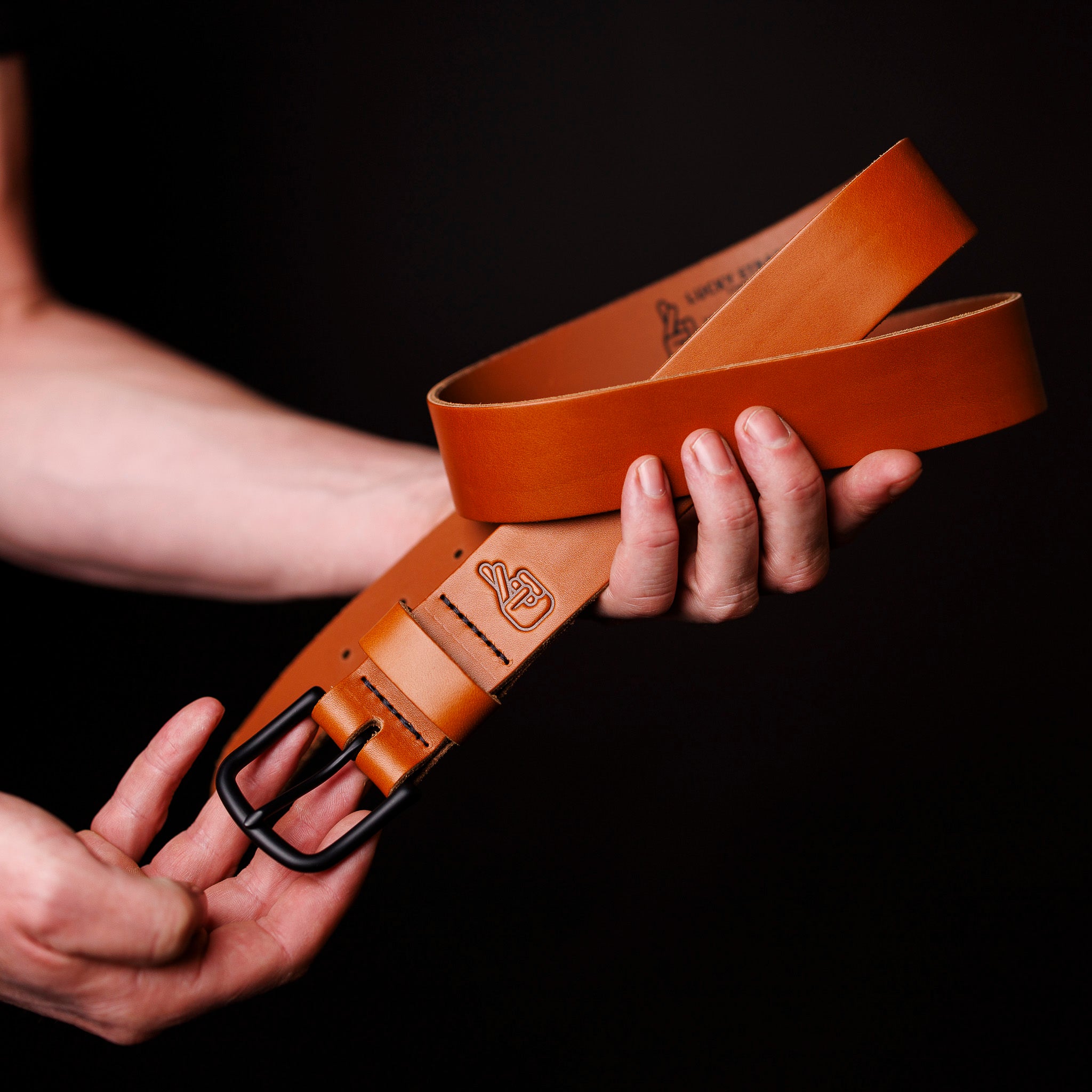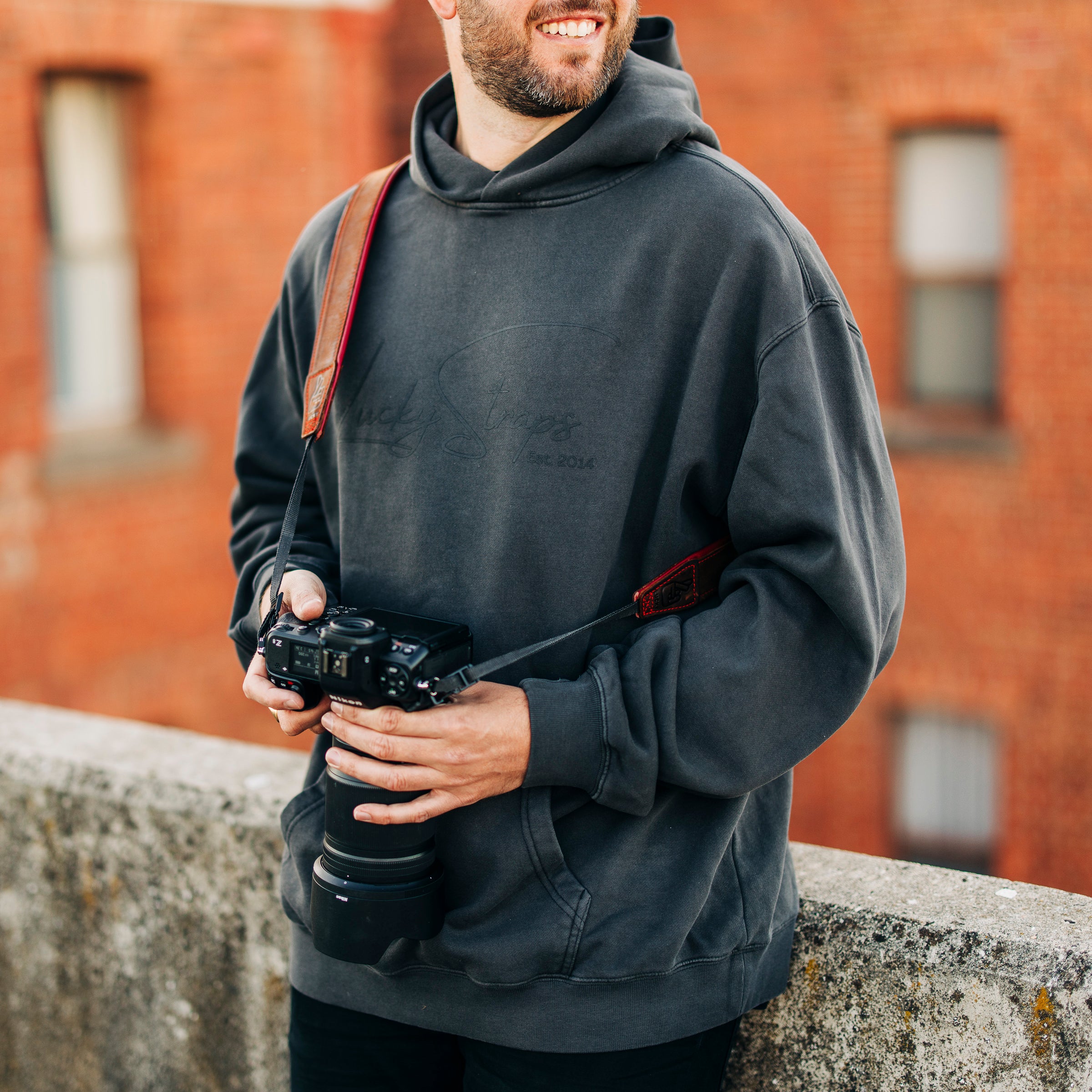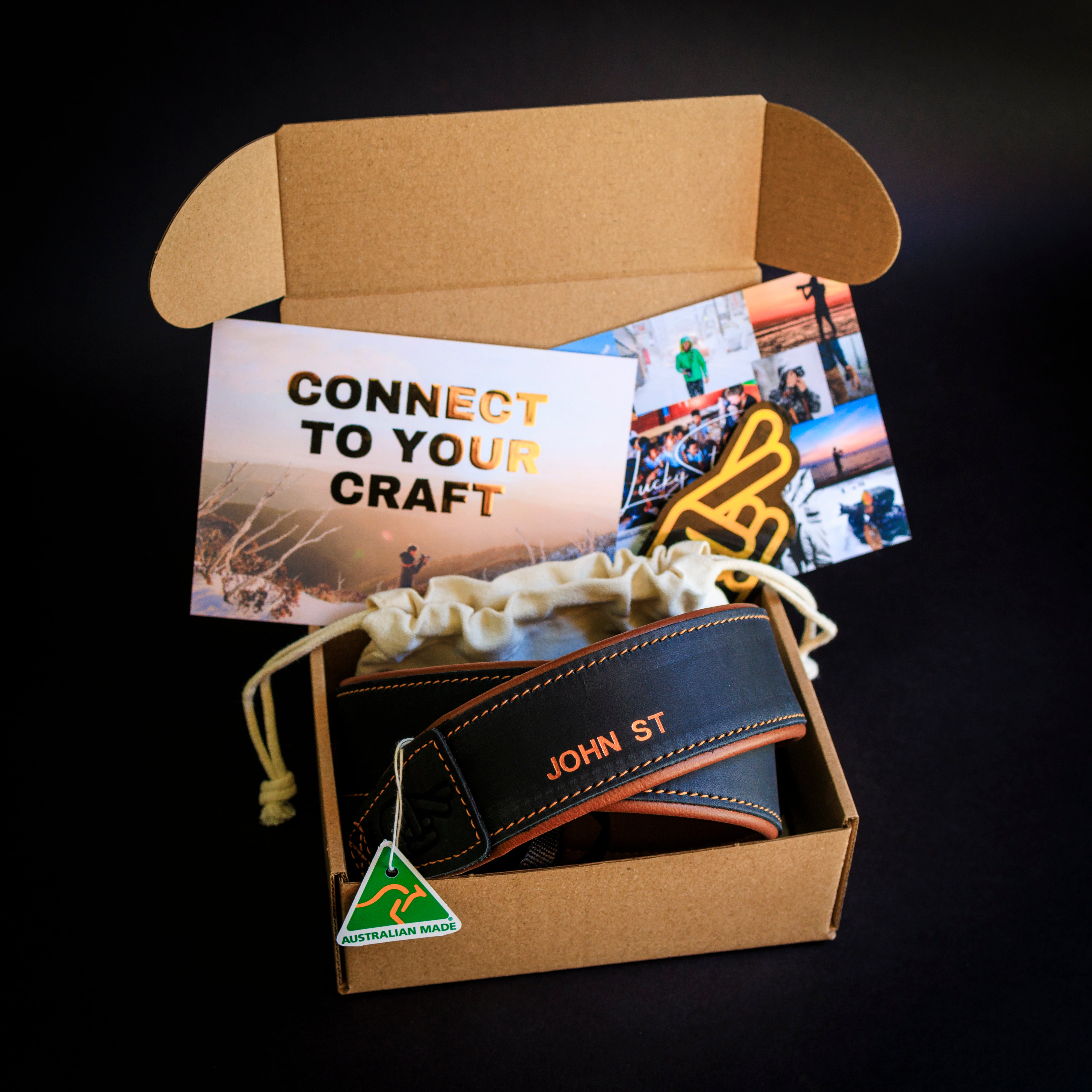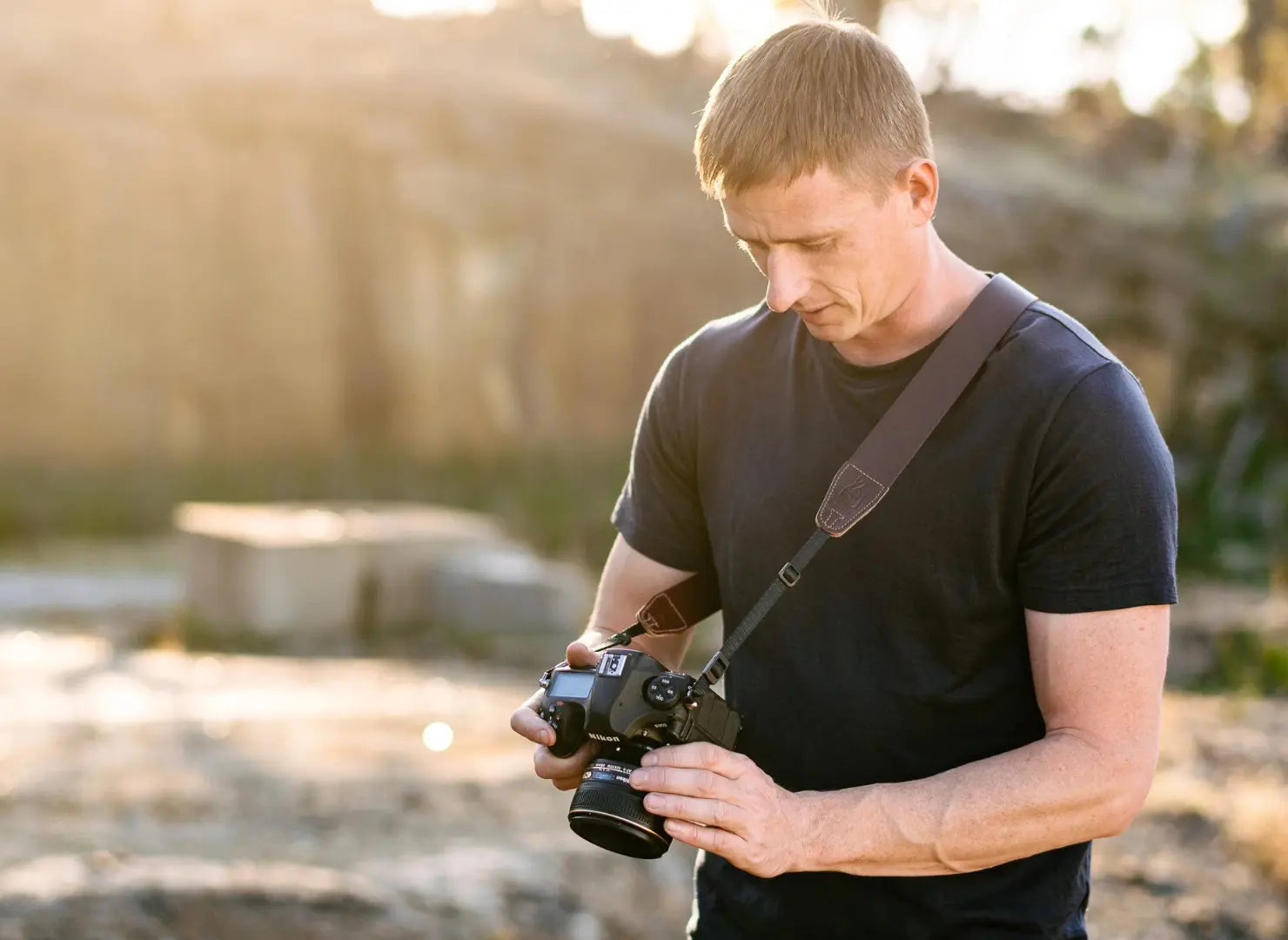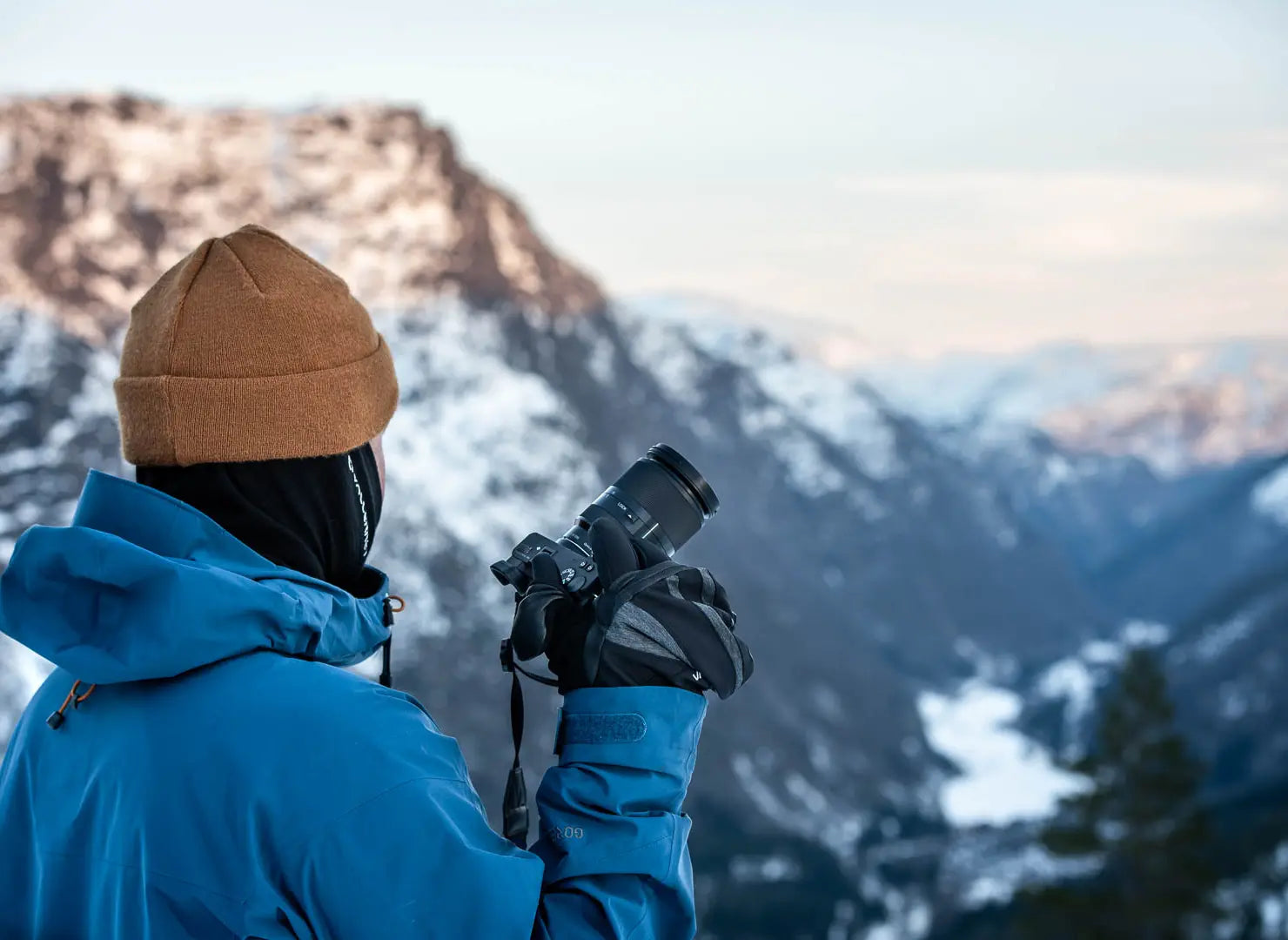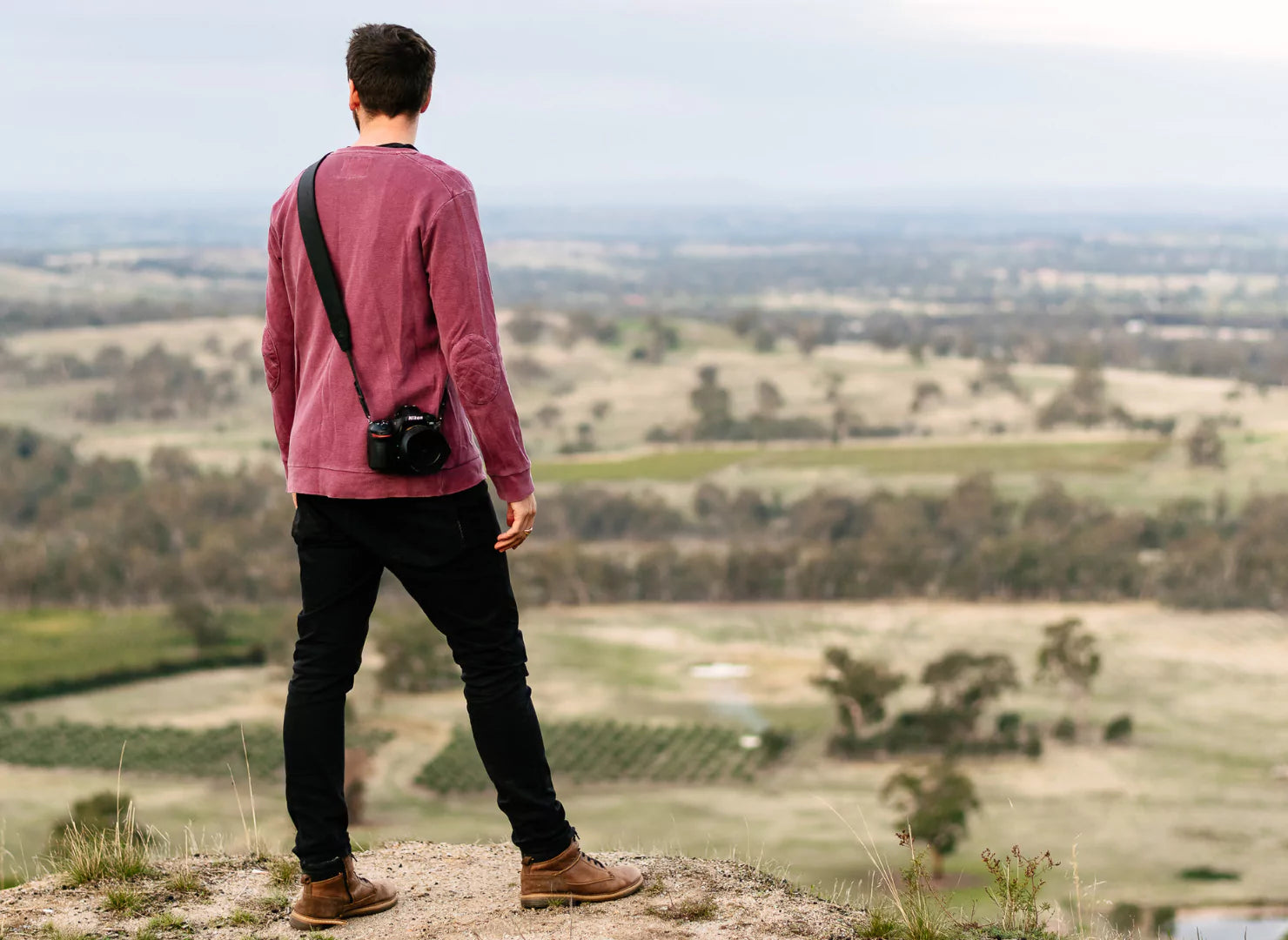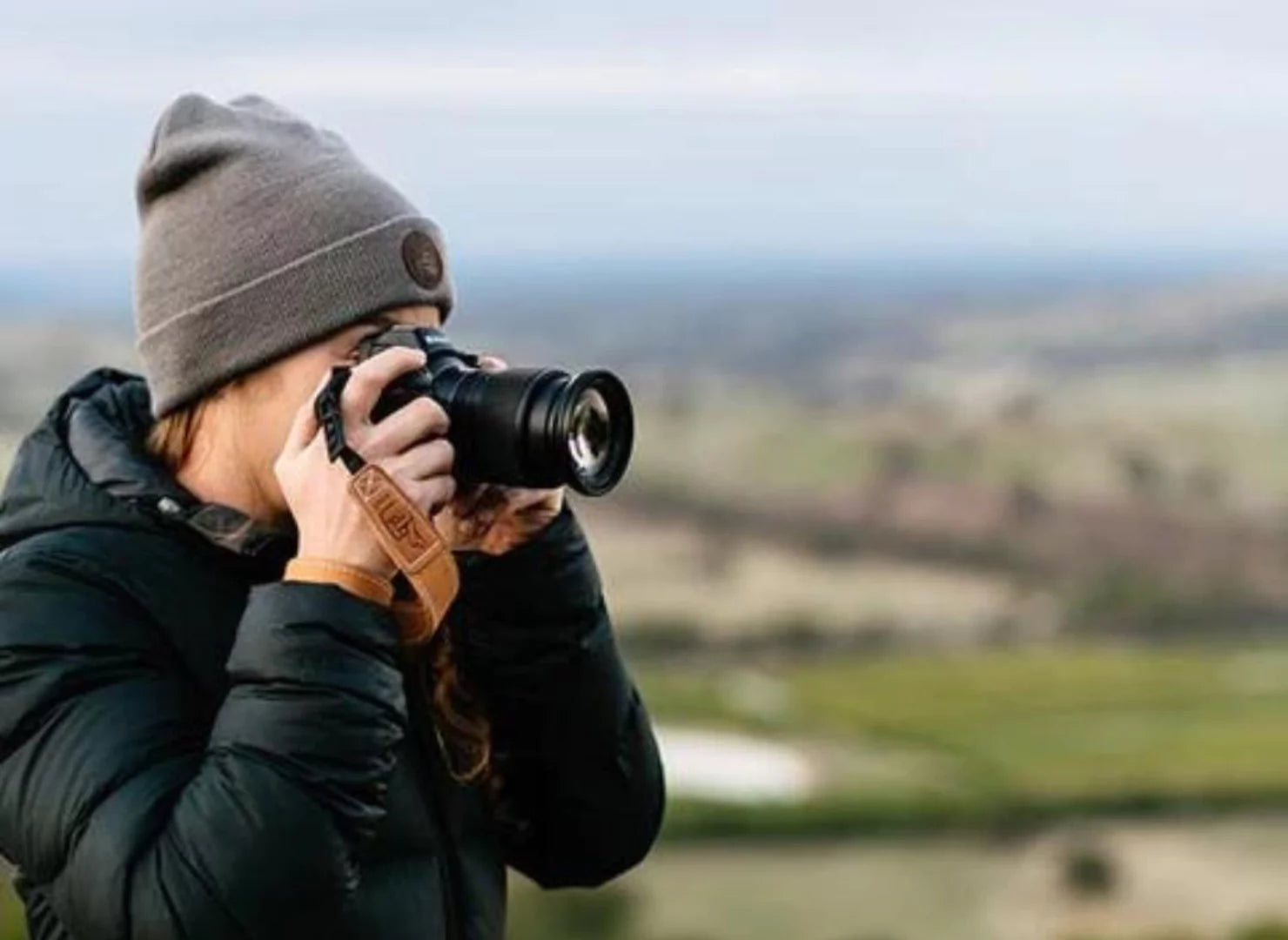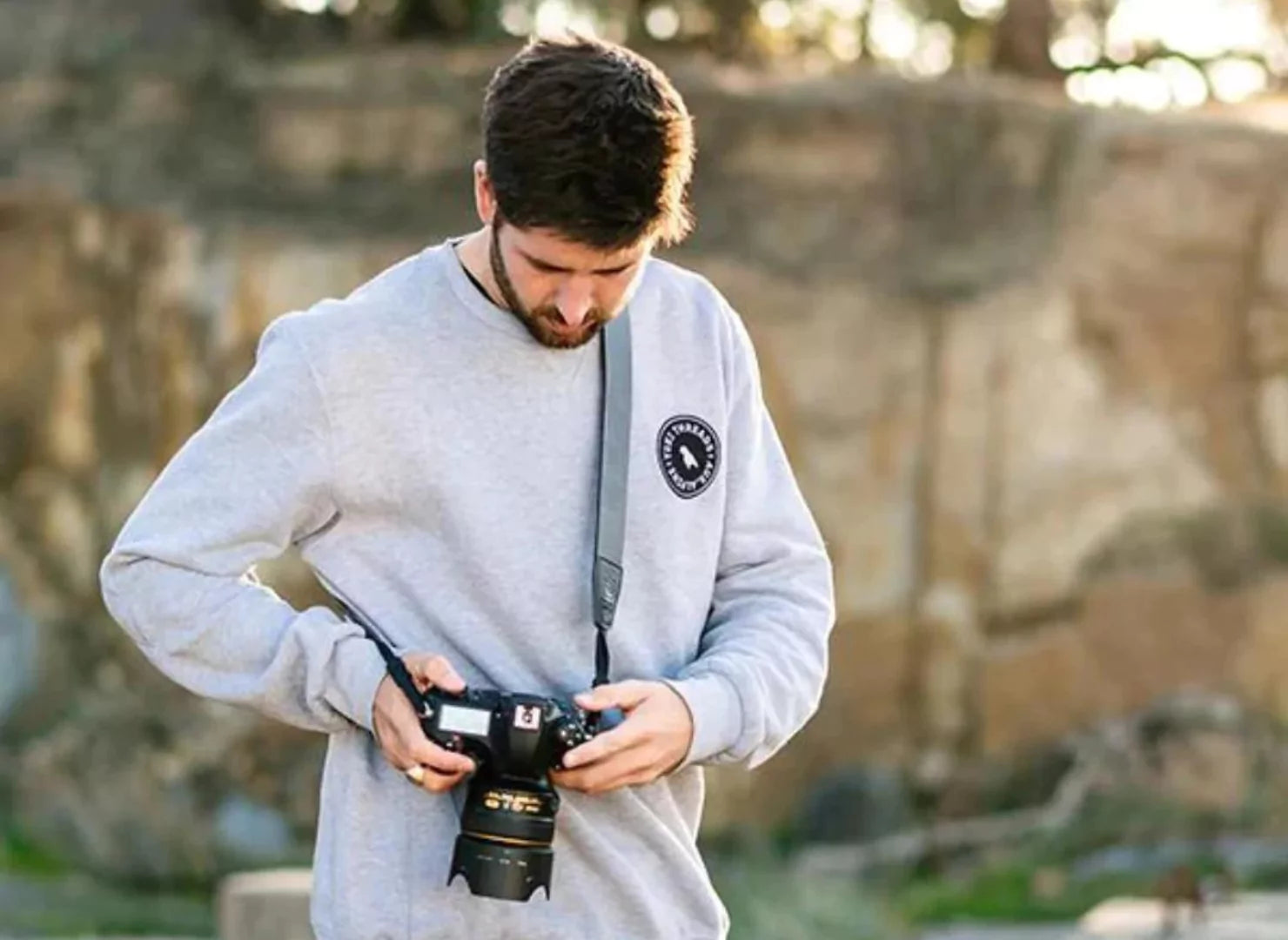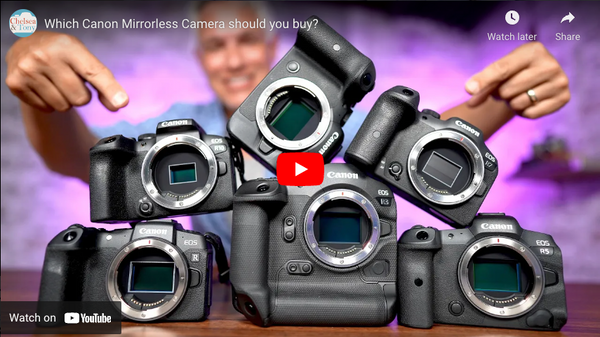Since all modern cameras produce high-quality images and have sophisticated technology, camera manufacturers have a dilemma. How do they encourage you to upgrade to a new model when you already have good equipment? The answer is to tell you that you need more megapixels. Is that true? If so, how many do you need?
![]()
What Is a Megapixel?
A pixel is a small dot of information covering a sensor and collecting data to create a digital photo. A megapixel is one million pixels. When someone tells you a camera is a 24-megapixel model, the images it makes contain (up to) 24 million pixels.
Why Are Megapixels Important?
In general, a high-megapixel camera takes better, more detailed photos than a low-megapixel model. The resolution of your image depends on how big the sensor is, combined with how many pixels it generates for your photo. In simple terms, the more information (pixels) in a photo, the clearer the image will likely be. If there’s not enough information, your eyes will notice the gaps between the pixels, and your picture looks pixelated.
Having a reasonable number of megapixels creating your images is essential, but many other factors must be considered. Even if an image is made with a high number of megapixels, but a terrible lens is attached to the camera, you will not get the clarity you desire. Or, if you use a high ISO, the image will be compromised by the noise (grain), and regardless of how many pixels your sensor has, it won’t look razor-sharp.

The most significant advantage to having a DSLR or mirrorless camera with a high-megapixel sensor is being able to crop an image while still retaining enough resolution for the final image. If you are shooting landscapes with a wide-angle lens and the sun briefly appears from behind the clouds and illuminates the mountains in the corner of your frame, you might want to crop close to that area in post-production.
When the original image of 24 megapixels is cropped to a quarter of its size, you still have 6 megapixels to make your image. This is enough data to make a reasonable 28 x 35 centimetre (11 x 14 inch) print. Having the extra clarity in the original image allows you to make significant cropping without compromising the photo’s integrity.
Professional photographers are generally trying to ‘see’ the image they are about to take. They compose their shots around this vision and manage to fill the viewfinder with their subject before they shoot. Beginner photographers will often include more space around the subject than needed, which ends up being cropped out. This is why having a good megapixel camera is worthwhile, but too many pixels can cause many other problems during your editing process.
How Many Megapixels Are Enough?
What are your intentions as a photographer? If you are a commercial photographer, you probably use a medium format camera with a 50 to 100-megapixel sensor, and you’ll need every one of those large and bright pixels. But even professional wedding photographers rarely need more than 24-megapixel cameras. If you plan to print your photos into posters (50 x 75 cm - 20 x 30 inches), consider a camera with at least 24-megapixel sensor, but most everyday photographers may not even require that much resolution.
![]()
How many photos have you printed lately? Most hobby photographers make the occasional photo book for a gift, but their images usually turn up as screensaver or slideshows for the TV. You don’t need a massive amount of megapixels for these situations.
The Disadvantage of Megapixels
Not many people consider how manufacturers fit more pixels into a sensor. Even though a 24-megapixel camera has more pixels than a 12-megapixel model, these pixels are made smaller to fit into that area. A small pixel gathers less light, which introduces more noise. Some cameras with just 12-megapixels have better low light performance than higher megapixel devices because of the larger pixels on the sensor.
Another thing people forget is that more megapixels mean more megabytes. When you increase the number of megapixels used, you create larger files. Bigger files take more space on the memory card, so you’ll run out of room sooner than you might expect. You will have to buy a bigger memory card to cope, or at the very least, you’ll have to purchase more of the same before you take that next vacation. An image formed with many megapixels also requires a memory card that is faster at storing the large images, otherwise, you’ll be waiting for buffering to finish before the image is safely locked away on the memory card. And larger photo files take longer to download to your computer and will fill up your computer’s hard drive more quickly.

Even though photographers are often talked into spending extra money for a DSLR or mirrorless camera with more megapixels than they need, they usually end up reducing the quality levels to a manageable size. Regardless of how many megapixels your camera can take, in the menu, you will find an area to change the quality settings of the images to an appropriate size for the photos you intend to make.
What Do You Need?
Having greater than a 24-megapixel camera is worthwhile in the hands of a photographer working for an advertising company, as those images can be made into a wall-size print. And if you enjoy capturing fine-art photos, this type of camera is ideal. Still, for most photographers, a smaller megapixel range is acceptable. Save your money, and don’t fall into the trap of believing that more megapixels will give you a better image. What you need in a camera is a high-quality lens with a wide aperture for low-light conditions, a shallow depth of field, and pleasing bokeh.

Putting your funds into better lenses, photography workshops and trips or quality online courses will all lead to better images and more fun while you are out shooting.
Another way to significantly improve your photographic experience without buying a new camera is is to upgrade your camera strap. There are many options but if you want the best you can't go past a genuine leather strap like the ones we make here at Lucky Camera Straps. Don’t put up with neck strain from lugging your heavy camera around on the cheap strap that is included in the box. An over-the-shoulder sling style padded camera strap is the most comfortable way to wear a camera all day.
Final Thoughts
The role of marketing teams is to make you desire a product you probably don’t need. This is particularly true with camera manufacturers because their products don’t change much from one year to the next. One of the few things they can do is increase the number of pixels on the sensor, so that’s what they advertise. Don’t believe the hype. More megapixels doesn’t necessarily mean better photos. A DSLR or mirrorless camera with 24 megapixels is more than enough for most photography enthusiasts.

